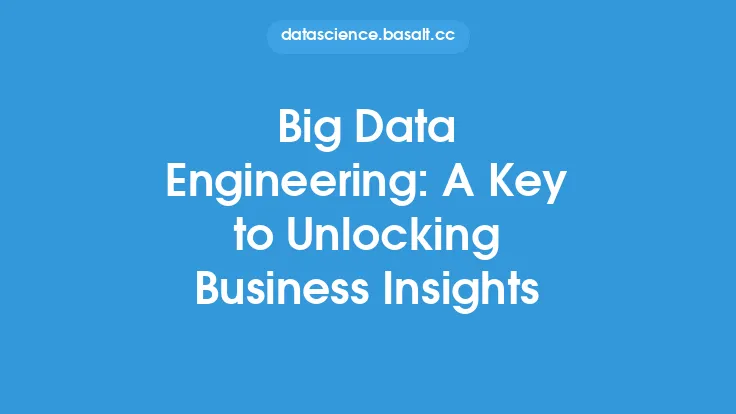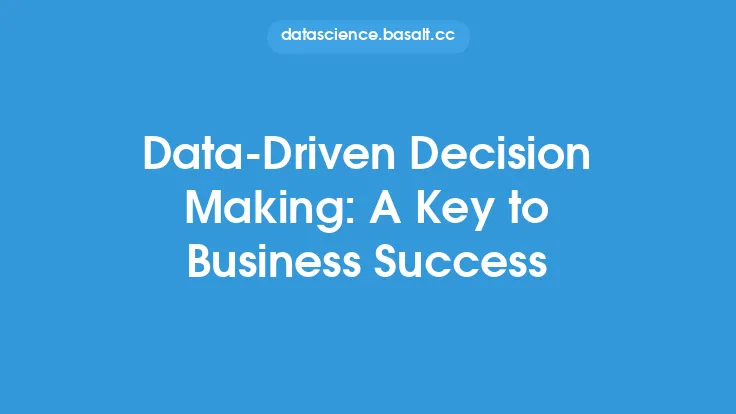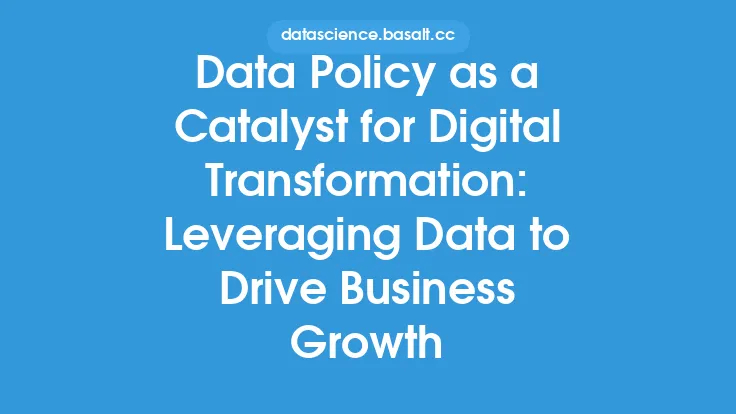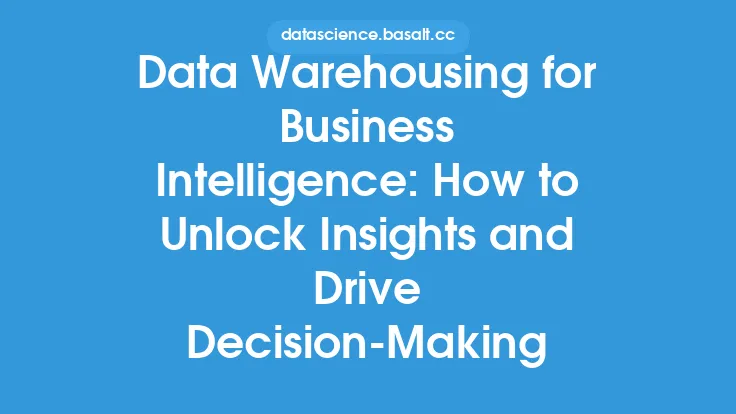In today's digital age, social media has become an integral part of any business's marketing strategy. With millions of users actively engaging on various social media platforms, it's essential for businesses to understand the importance of social media analytics in measuring the success of their online presence. Social media analytics refers to the process of collecting and analyzing data from social media platforms to gain insights into customer behavior, preferences, and opinions. This information can be used to inform business decisions, improve marketing strategies, and ultimately drive business success.
Introduction to Social Media Analytics
Social media analytics involves the use of various tools and techniques to collect and analyze data from social media platforms. This data can include metrics such as engagement rates, follower growth, sentiment analysis, and demographic information. By analyzing this data, businesses can gain a deeper understanding of their target audience, identify areas for improvement, and measure the effectiveness of their social media marketing campaigns. Social media analytics can be divided into two main categories: quantitative analytics and qualitative analytics. Quantitative analytics involves the analysis of numerical data, such as engagement rates and follower growth, while qualitative analytics involves the analysis of non-numerical data, such as sentiment and opinions.
Types of Social Media Analytics Tools
There are various types of social media analytics tools available, each with its own unique features and capabilities. These tools can be broadly categorized into three main types: social media monitoring tools, social media analytics platforms, and social media management tools. Social media monitoring tools are used to track brand mentions, keywords, and hashtags across social media platforms. Social media analytics platforms provide in-depth analysis of social media data, including metrics such as engagement rates, follower growth, and sentiment analysis. Social media management tools are used to schedule and publish content, as well as track engagement and analytics. Some popular social media analytics tools include Hootsuite Insights, Sprout Social, and Agorapulse.
Data Collection and Analysis
Data collection is a critical step in social media analytics. There are various methods of collecting data from social media platforms, including APIs, web scraping, and social media listening tools. APIs (Application Programming Interfaces) provide a direct connection to social media platforms, allowing businesses to collect data in real-time. Web scraping involves the use of software to extract data from social media websites, while social media listening tools are used to track brand mentions and keywords. Once data is collected, it must be analyzed to gain insights into customer behavior and preferences. This involves the use of various statistical and machine learning techniques, such as regression analysis, clustering, and sentiment analysis.
Metrics and Key Performance Indicators (KPIs)
There are various metrics and KPIs that businesses can use to measure the success of their social media marketing campaigns. These include engagement rates, follower growth, sentiment analysis, and conversion rates. Engagement rates measure the number of likes, comments, and shares on social media posts, while follower growth measures the increase in followers over time. Sentiment analysis measures the tone and sentiment of social media conversations, while conversion rates measure the number of sales or leads generated from social media campaigns. Other important metrics include click-through rates, bounce rates, and average order value.
Social Media Analytics and Business Decision-Making
Social media analytics can inform business decisions in various ways. By analyzing social media data, businesses can identify areas for improvement, measure the effectiveness of marketing campaigns, and gain insights into customer behavior and preferences. This information can be used to inform product development, marketing strategies, and customer service initiatives. For example, a business may use social media analytics to identify a spike in negative sentiment around a particular product, and use this information to inform product development and improve customer satisfaction. Social media analytics can also be used to measure the ROI (Return on Investment) of social media marketing campaigns, and to identify opportunities for growth and expansion.
Technical Aspects of Social Media Analytics
From a technical perspective, social media analytics involves the use of various programming languages, such as Python and R, to collect and analyze data from social media platforms. APIs and web scraping are commonly used to collect data, while machine learning algorithms, such as natural language processing and deep learning, are used to analyze and gain insights from the data. Social media analytics also involves the use of various data visualization tools, such as Tableau and Power BI, to present data in a clear and meaningful way. Additionally, social media analytics involves the use of big data technologies, such as Hadoop and Spark, to handle large volumes of social media data.
Best Practices for Social Media Analytics
There are various best practices that businesses can follow to get the most out of social media analytics. These include setting clear goals and objectives, using a combination of quantitative and qualitative analytics, and tracking metrics and KPIs over time. Businesses should also use social media analytics to inform business decisions, rather than simply tracking metrics for the sake of tracking them. Additionally, businesses should use social media analytics to identify areas for improvement, and to measure the effectiveness of marketing campaigns. By following these best practices, businesses can use social media analytics to drive business success and improve their online presence.
Common Challenges and Limitations
There are various challenges and limitations associated with social media analytics. These include the sheer volume of social media data, the complexity of social media algorithms, and the need for specialized skills and expertise. Additionally, social media analytics can be time-consuming and resource-intensive, requiring significant investment in tools and personnel. Businesses must also be aware of the potential biases and limitations of social media data, and take steps to ensure that their analytics are accurate and reliable. Despite these challenges, social media analytics remains a critical component of any business's marketing strategy, and can provide valuable insights into customer behavior and preferences.
Future of Social Media Analytics
The future of social media analytics is likely to be shaped by emerging trends and technologies, such as artificial intelligence, machine learning, and the Internet of Things. As social media platforms continue to evolve and change, businesses will need to adapt their analytics strategies to keep pace. This may involve the use of new tools and technologies, such as natural language processing and computer vision, to analyze and gain insights from social media data. Additionally, businesses will need to prioritize data privacy and security, as concerns around data protection and ethics continue to grow. By staying ahead of the curve and embracing new technologies and trends, businesses can use social media analytics to drive business success and improve their online presence.





